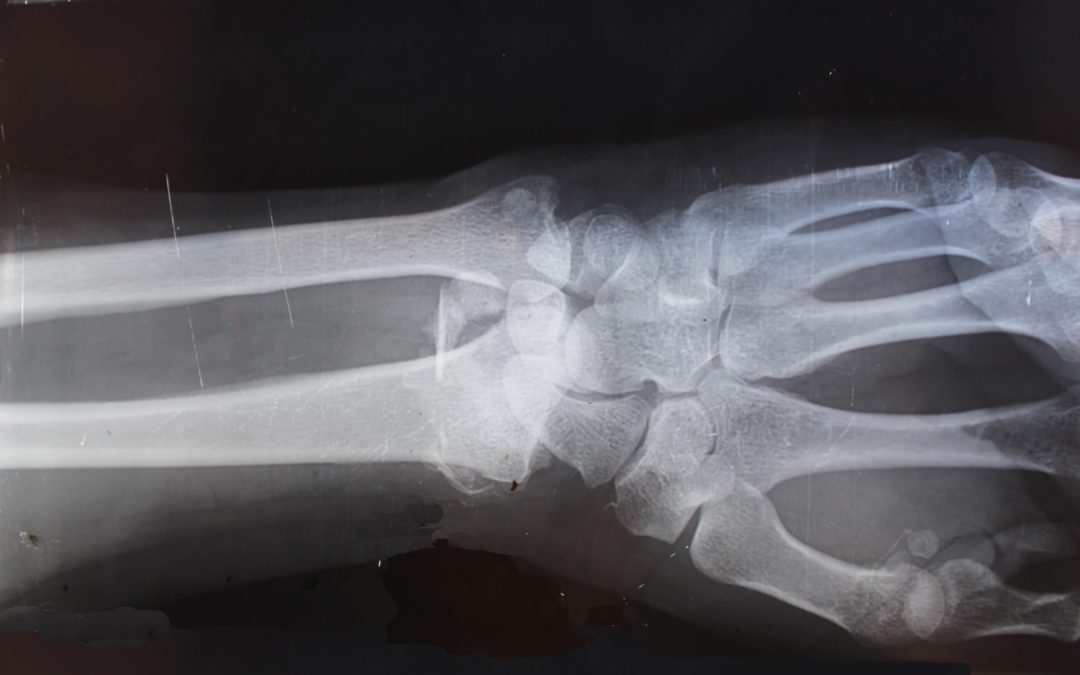Is your safety training for cleaning staff effective enough to prevent stressful worker’s comp claims?
According to the Bureau of Labor Statistics, janitors and cleaners have one of the top five most dangerous professions, suffering from over forty thousand injuries each year. Any time an accident occurs on the clock, employers are required to file a worker’s compensation claim. If you’ve ever filed a worker’s comp claim before you know they can be costly and sometimes quite messy.
Between the lack of staffing, the detailed paperwork, and the potential threat of lawsuits, it’s a complex process that can take time to resolve. Instead of worrying about the next possible incident, it’s time to think about prevention, and assess the risks that could negatively impact your business. The only way to truly limit worker’s comp claims is by preventing accidents with consistent safety training for cleaning staff.
Track all your important data with Janitorial Manager. Find out more today with a free demo!

Here are three ways safety training for cleaning staff works to prevent worker’s comp claims
1. Safety training generates team awareness.
You’ve seen those signs. The ones that display how many days it’s been since the last workplace accident. They are just one small way to get workers thinking about safety. The goal is to keep the count at zero, and the only way to achieve that goal is through routine safety training. When workers are aware of potential hazards, they are more likely to prevent them from ever happening.
Safety training teaches workers how to avoid accidents by making them aware of the potential dangers involved while performing their duties. To effectively generate awareness, make a note of all the risks involved with each of your client’s facilities. Be sure to discuss any potential dangers with your cleaning staff so they can approach the job site with adequate situational awareness. And don’t forget to periodically asses job-site safety threats. By getting helping raise awareness among your cleaning team, you’ve already won half the battle in reducing worker’s comp claims.
2. Safety training develops strategies that reduce risks.
Making safety training a regular part of team discussion will help you create procedures that dramatically reduce worker’s comp claims. Some of the most challenging claims are a result of long-term repetitive motion, strain, or overexertion. Slips, trips, and falls are also hazards that can impair workers of all skill levels.
Work directly with your team to ensure they’re applying proper techniques and using the right personal protective gear. Talk about job-site risks like enclosed spaces, wet floors, and electrical hazards. Discuss all the cleaning chemicals you use and how to operate and maintain janitorial cleaning tools. Be proactive and perform regular safety audits, and provide your team with the opportunity to offer feedback and modify your approach whenever necessary. When you’re preparing training strategies that effectively reduce accidents, every team member must participate. Hiring experienced cleaners has its advantages, but even the most skilled workers need safety training to prevent certain occurrences.
3. Safety training enhances business engagement.
Consistent safety training helps keep your cleaning staff engaged, and employee engagement has incredible benefits. According to a Gallop State of the American Workplace study, highly engaged businesses achieve 59% less turnover, a 41% reduction in absenteeism, and a 17% increase in productivity. Plus, there’s good news about reducing worker’s compensation insurance premiums. A study completed by the Society for Human Resource Management found that engaged employees are five times less likely than non-engaged employees to have a safety incident and were seven times less likely to have a lost-time incident. Engaged employees will help you keep your worker’s comp insurance premiums from spiraling out of control.
In an industry with so many risks, it’s crucial to offer training opportunities well beyond an employee’s initial orientation. The strength of your business depends on the quality of your cleaning team, and quality is obtained by implementing robust training strategies. There is no shortage of topics to choose from when it comes to cleaning safety. From proper equipment usage to chemical safety, you can introduce new themes each week to increase awareness. Encourage discussion about current topics at weekly team meetings and also on job sites for team members to experience hands-on training.
Ready to reduce worker’s comp challenges?
OSHA, and the ISSA both have outstanding resources to help you develop a fool-proof training program. From health and safety programs to methods to avoid frequently sited accidents, there is an abundance of support for cleaning business owners. It doesn’t take long to see what safety training can do to stop accidents that lead to time-consuming worker’s comp claims. By reducing accidents, you can spend time on more important things like quality assurance and customer satisfaction.
Don’t forget to update your safety training handbook!
There are times when employees might need to re-visit training topics so you’ll want to create and maintain a safety training handbook. Maybe they’re covering for another employee’s absence and working at a new facility. Perhaps, they’re unfamiliar with a particular piece of machinery or a rarely used cleaning solution. Give them unlimited access to the information you’ve taught so they can confidently approach their responsibilities. Paper handbooks are harder to maintain so you might consider using a live document sharing service such as Google Docs. Each time you make a change, the document automatically updates for everyone with authorized access.
The best janitorial software provider can also help prevent worker’s comp claims
Sure, janitorial software companies aren’t exactly experts on insurance laws, but the tools they provide can significantly benefit accident prevention strategies. The Janitorial Manager Connect App not only enhances team communication; it gives your team detailed, location-based instructions. Instructions that are formulated by management to help their teams work safely and effectively. These instructions can also be presented bilingually to support communication for workers that don’t speak English.
There are many influences on the safety and well being of your employees, but don’t focus on all the ways things could go wrong. Instead, direct your energy into maintaining safety training for cleaning staff. By dedicating a portion of your week to safety education, you’ll surely succeed in preventing worker’s comp claims.
Learn more about how Janitorial Manager can help boost your profits. Schedule a free demo today!

